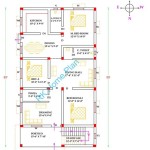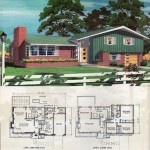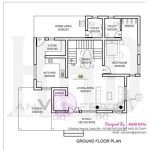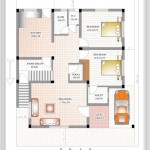Essential Aspects of Building a New House: Floor Plans
Creating a new house floor plan is an exciting and crucial step in the homebuilding process. A well-designed floor plan can enhance the livability, functionality, and overall enjoyment of your home for years to come. Here are some essential aspects to consider when building a new house floor plan:
1. Lifestyle and Needs
The starting point for any floor plan is to analyze your lifestyle and needs. Consider the number of people who will be living in the house, their ages, and their activities. Determine the types of rooms you require, such as bedrooms, bathrooms, a living room, a dining room, and a kitchen. Think about how you want to use each space and the relationships between them.
2. Lot and Orientation
The orientation and dimensions of the lot will significantly impact the floor plan. Consider factors such as sunlight exposure, views, and access to outdoor areas. Ensure the house is positioned in a way that maximizes natural light, ventilation, and outdoor living. The lot size and shape will also determine the possible floor plan configurations.
3. Flow and Connectivity
The flow of traffic throughout the house is essential for both functionality and comfort. Create a floor plan that allows for smooth transitions between rooms and avoids creating isolated or disconnected spaces. Consider the proximity of rooms that are frequently used together, such as the kitchen and the dining room, or the master bedroom and the bathroom.
4. Room Sizes and Proportions
The size and proportions of each room should be carefully considered. Each space should have enough area to accommodate its intended use and feel comfortable and inviting. Consider the furniture and fixtures you plan to use and ensure there is ample space for movement and circulation.
5. Storage and Closets
Adequate storage space is crucial for maintaining an organized and clutter-free home. Plan for sufficient closets, cabinets, and built-ins throughout the house. Consider dedicated storage areas for specific items, such as a pantry for food storage or a mudroom for shoes and outerwear.
6. Natural Light and Ventilation
Natural light and ventilation contribute to the overall well-being and comfort of a home. Incorporate windows and skylights into the floor plan to maximize natural light and create a brighter atmosphere. Consider cross-ventilation by placing windows on opposite sides of rooms to facilitate air flow.
7. Future Expandability
If you anticipate expanding your family or adding on to your home in the future, consider designing a floor plan that allows for future expansion. This may involve leaving space for an additional bedroom, bathroom, or expanding the kitchen. By planning ahead, you can avoid costly renovations or remodels down the road.
Conclusion
Building a new house floor plan is a collaborative process that requires careful planning and consideration. By taking the time to address the essential aspects outlined above, you can create a floor plan that meets your specific needs and enhances your quality of life for years to come.

Easy To Build Houses And Floor Plans Houseplans Blog Com

House Plans How To Design Your Home Plan

Easy To Build Houses And Floor Plans Houseplans Blog Com

House Plans How To Design Your Home Plan

5 Tips To Build Your Dream Home And Stay On Budget Dfd House Plans Blog

Small House Design 2024001 Pinoy Eplans Floor Plans

Easy To Build Houses And Floor Plans Houseplans Blog Com

Est House Plans To Build Simple With Style Blog Eplans Com

Easy Home Building Floor Plan Cad Pro

Est House Plans To Build Simple With Style Blog Eplans Com








